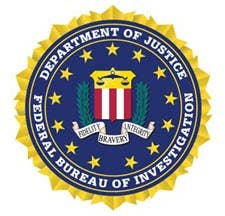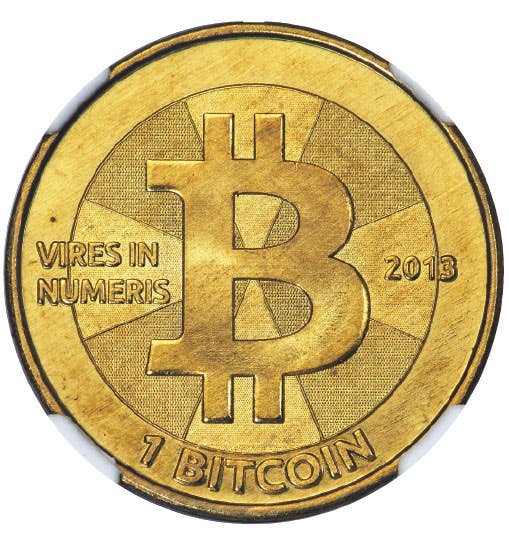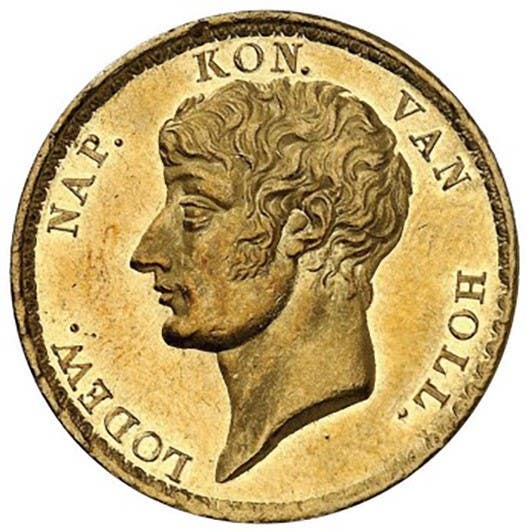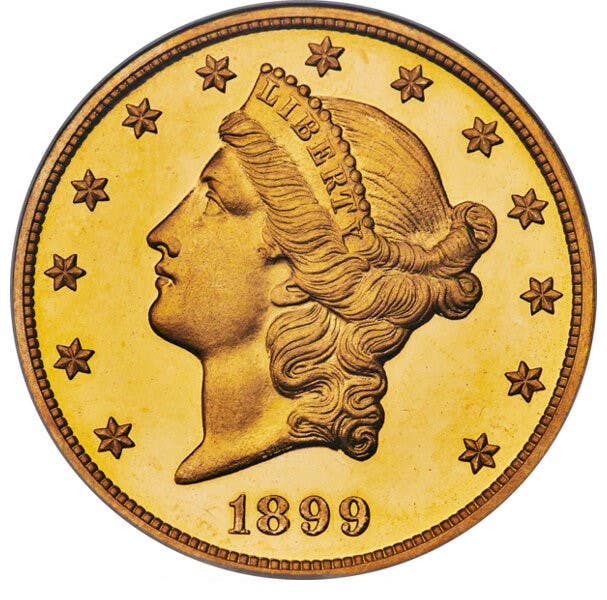Louisiana Purchase Exposition Dollars
There certainly are no shortage of issues when it comes to Lewis and Clark and the Louisiana Purchase and that pattern goes right back to the early days of U.S….
There certainly are no shortage of issues when it comes to Lewis and Clark and the Louisiana Purchase and that pattern goes right back to the early days of U.S. commemoratives.The historic first gold commemoratives were the 1903 Louisiana Purchase Exposition gold dollars and they were an interesting pair of coins and as early commemoratives, they make for a very interesting pair of coins to study.
One of the first things that must be remembered is that back in 1903 the United States really had no experience when it came to commemoratives. There had been Columbian Exposition half dollars and an Isabella quarter which were followed by a silver dollar featuring Lafayette and George Washington but that was it unless you wanted to call the 1848 “CAL” quarter eagle a commemorative but it had not followed the same procedures as the others so while it was commemorating something it was not the same as the commemoratives since 1892.
The idea for the Louisiana Purchase Exposition gold dollars was simple enough in that they would help to fund the Louisiana Purchase Exposition which was being held in St. Louis in 1904. In that sense, it was similar to the Columbian Exposition coins as the idea was to help finance a world’s fair or exposition which had a theme based on the history of the nation.
It was also similar in the sense that no one really had any idea of what to expect in terms of sales.The difference between the Louisiana Purchase Exposition coins and the earlier issues is that they were gold dollars.The also tried a different approach.The Columbian Exposition half dollars had the same design but had been issued for two years.The Louisiana Purchase Exposition dollars had two different designs in that one featured Thomas Jefferson, who was President when the purchase of Louisiana was made, while the other featured William McKinley, who had approved the exposition.
There was no real pattern for commemoratives at the time.Basically, in the case of the previous silver issues, the mintages had always been too large with many of the coins being dumped into circulation while others were hoarded and sold at a later time.At least some, such as the Lafayette dollar, had been returned to the Mint to be melted.
In the case of the Louisiana Purchase Exposition gold dollars, we see the official mintages placed at 17,500 for each although it is really closer to an estimate than a fact and what it does not tell you is that the actual strikings of the two were 125,000 each.Certainly, selling that many gold dollars at premium prices back in 1903 would have been impressive, but it didn’t happen.
What did happen is that some 215,000 coins out of the original 250,000 struck were returned after a decade of attempting to sell them by promoter Farran Zerbe with most of the returned issues being melted about 1914.The fact alone suggests that there were numbers of both the Jefferson and McKinley obverse offered for roughly a decade.
Realistically, to sell roughly 35,000 gold dollars at the time probably should not have been seen as a failure, but of course, when you make 250,000 it is bound to seem disappointing.
We have no real breakdown and the prices today are close, but the McKinley obverse is a little less expensive at $780 in MS-65, while the Jefferson is $935.In other grades, the McKinley tends to be slightly less as well, with the McKinley at $228 in MS-60 and the Jefferson at $410.
The general consensus is that the McKinley dollar sold slightly better than the Jefferson and that is reflected in the prices.There is no proof of that as there was no accounting as to how many of each were returned but it stands to reason as the memorials of McKinley’s assassination would have still been very fresh.We also have grading service totals such as those from PCGS showing ironically the opposite of the conventional wisdom with 3,564 examples of the Jefferson graded as opposed to 3,469 of the McKinley.What that really suggests is that here we have two historic gold dollars which are about equal in every respect.









